Today was our day to explore some of Harlem, tracing some of what’s left of its pre-1920s and Harlem Renaissance past. I am currently reading Toni Morrison’s Jazz and of course ALL Black literature and art and music before 1920 (i.e. what I study all the time) has a throughline to Harlem IN the 1920s and 1930s. We took off early and went under the Hudson again, and then took the subway to 110th St., where there are still the gorgeous old tile mosaics that we’ve been seeing on some of the older stations. We started at the northern end of Central Park, where we walked around in the most “wilderness” part of the park, with many outcroppings of that Manhattan schist rock everywhere. This park of the part is much quieter than the south end, but we really enjoyed it. So much fun to be in the middle of the deep woods, with birds flitting around, just two blocks away from enormous skyscrapers and avenues full of cars.
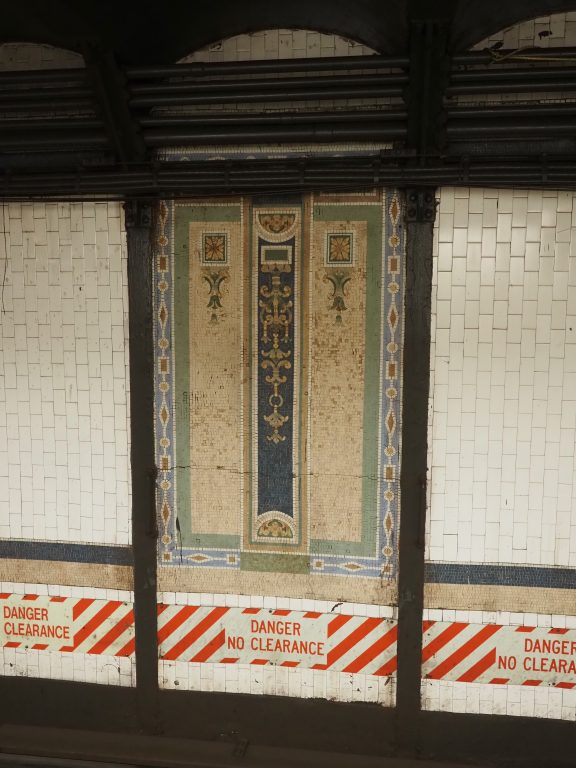
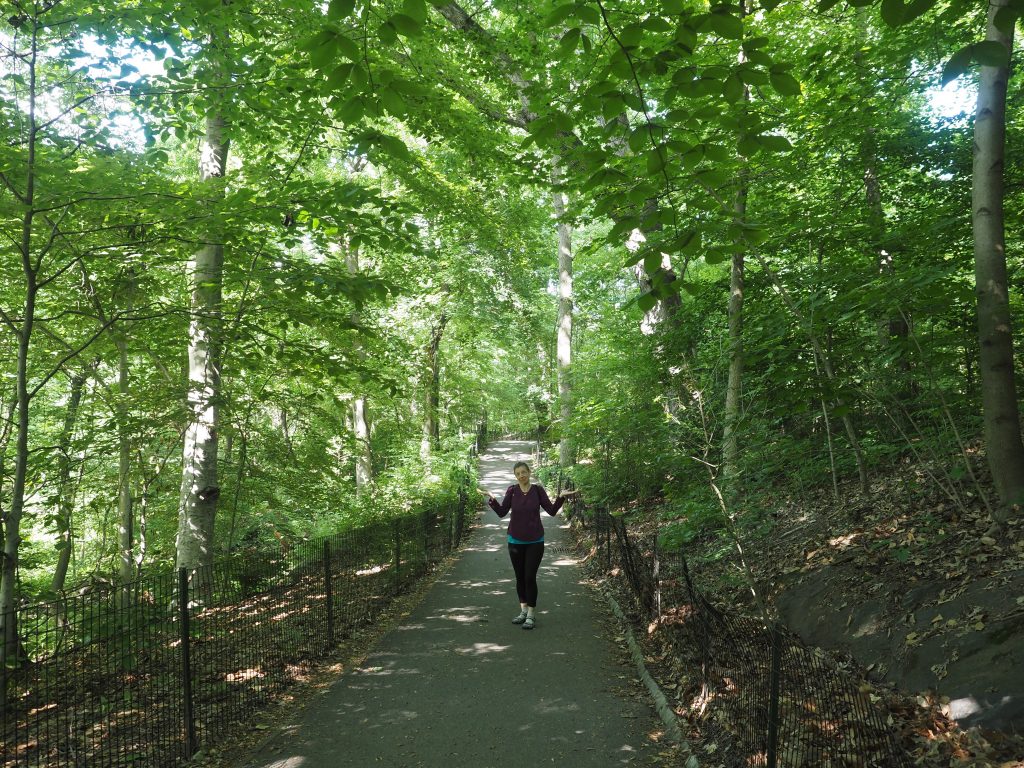
Then we took off down Malcolm X Boulevard / Lenox Avenue, with the help of a bloggers’ walking tour that we used backwards to check out the historic brownstones, Marcus Garvey Park, and then what’s left of the old center of Harlem, between 126th and 133rd Streets N/S and Malcolm X and Powell Aves E/W. But there is really almost nothing left of the Harlem of the 1920s/Jazz age; I knew that but it was still harder to imagine what the area looked like than elsewhere in the city. The exception are handful of surviving buildings: The Alhambra (where there used to be a famous vaudeville club); the Apollo theater (still a theater, now famous for standup comics), the old Teresa Hotel (“Harlem’s Waldorf-Astoria”), and some beautiful brownstones from the 1880s and 1890s. At the intersection of 133rd and Powell Ave, where the jazz clubs of the Harlem Renaissance were choc-a-bloc, there is not much left at all, though. But we walked by the famous Abyssinian Baptist Church and the Harlem YMCA (the part built in the 1930s, where several Harlem Renaissance artists and writers lived, and where a mural by Aaron Douglas is just on a wall, out in the open and somewhat damaged.
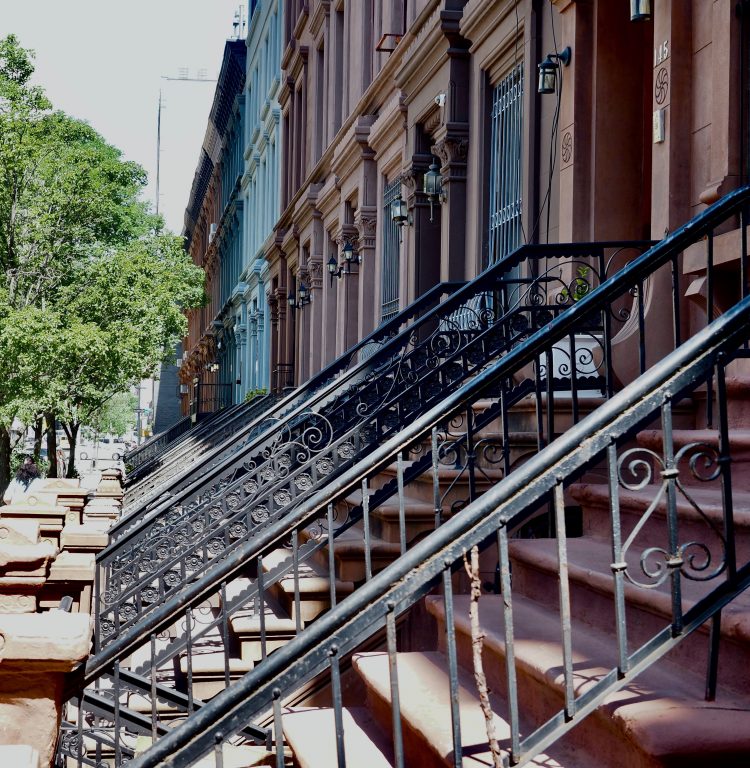
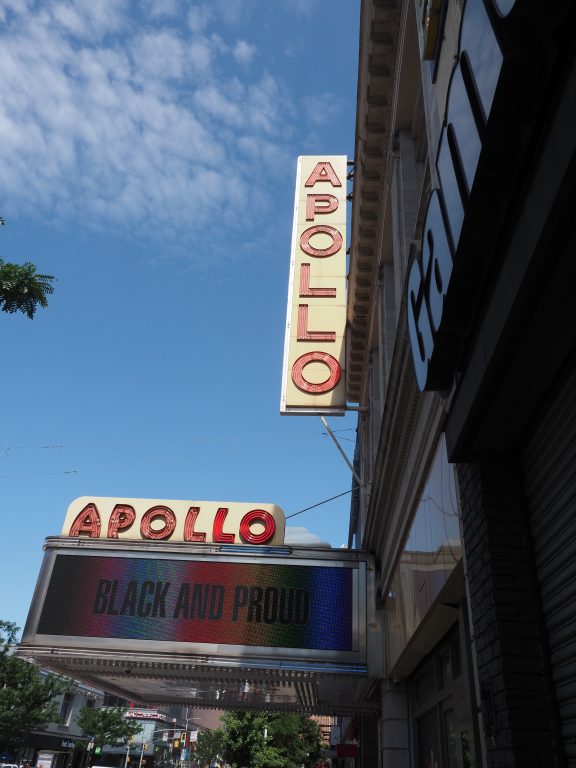
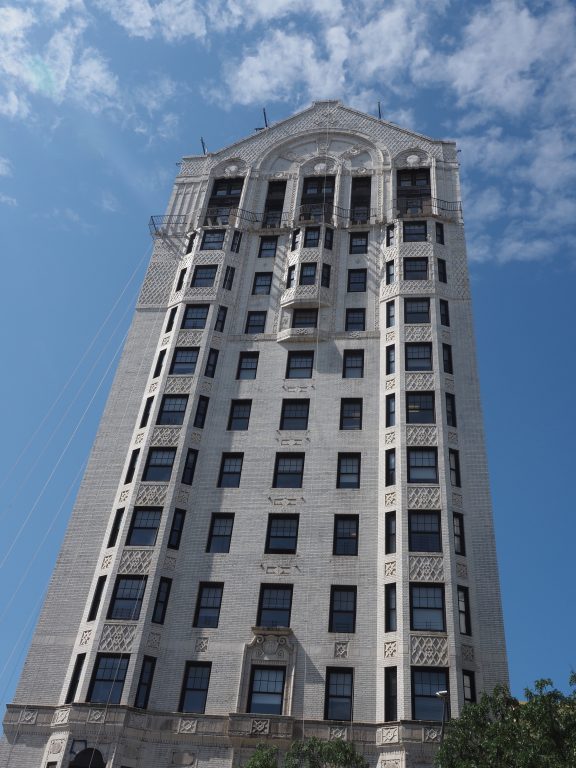
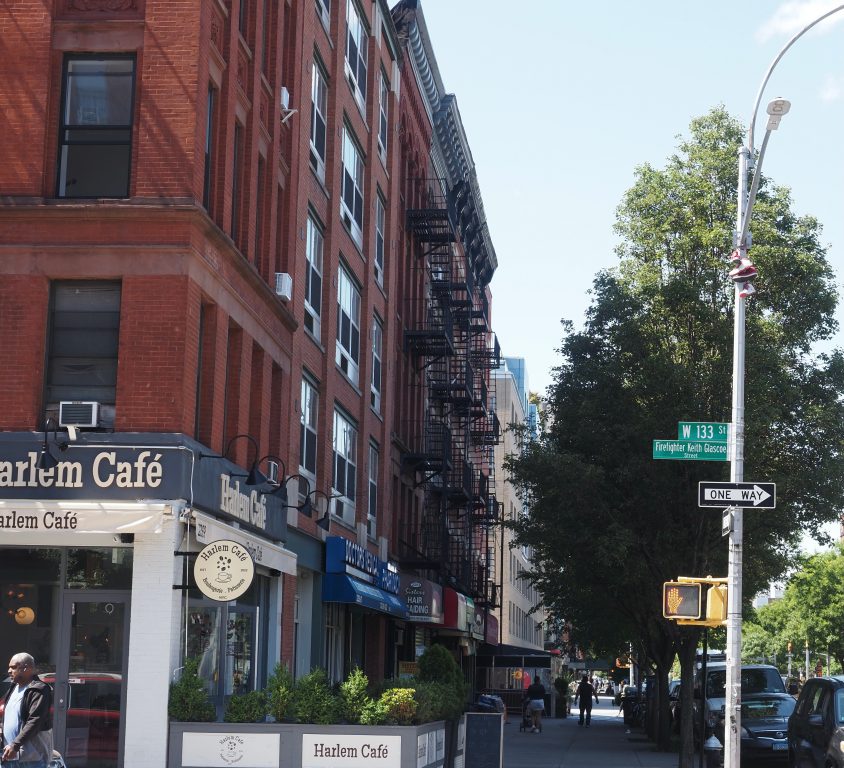
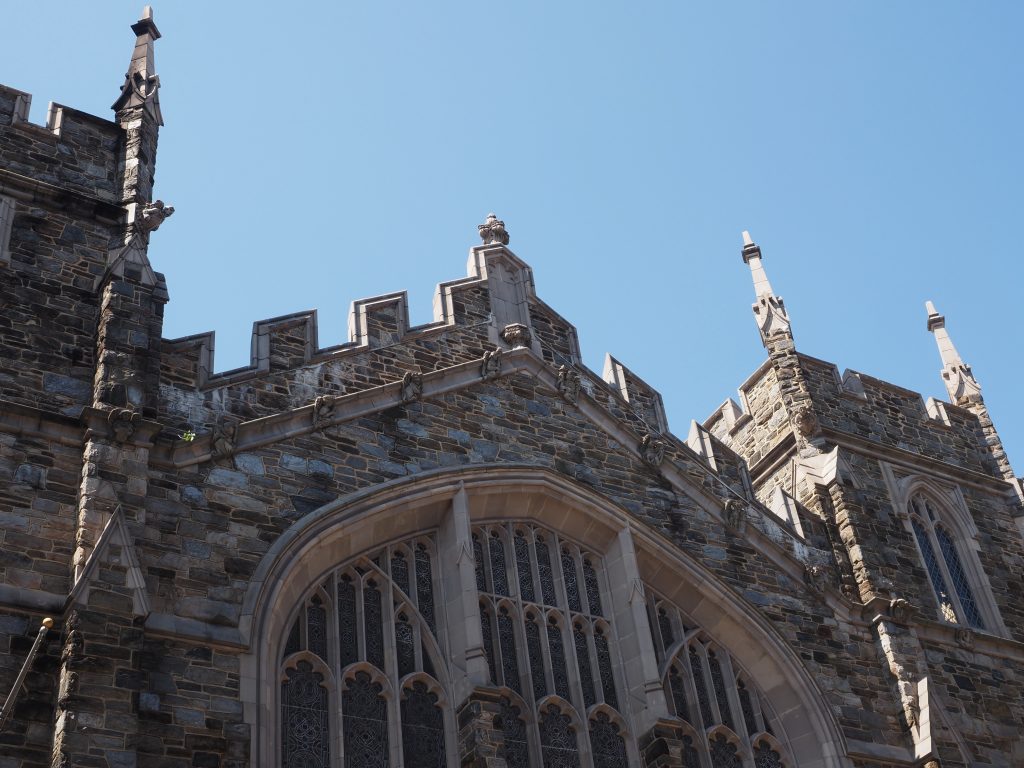
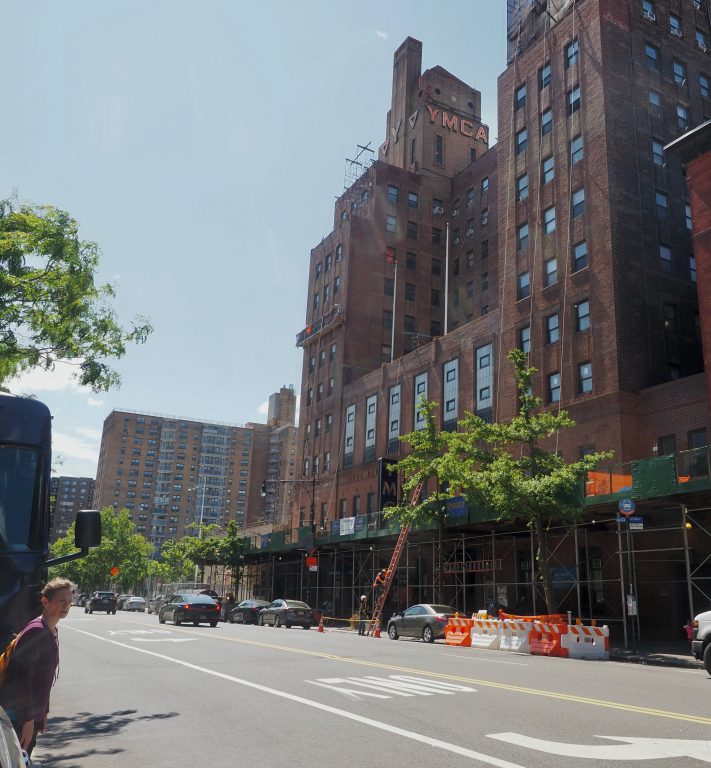
Still the area’s YMCA today.
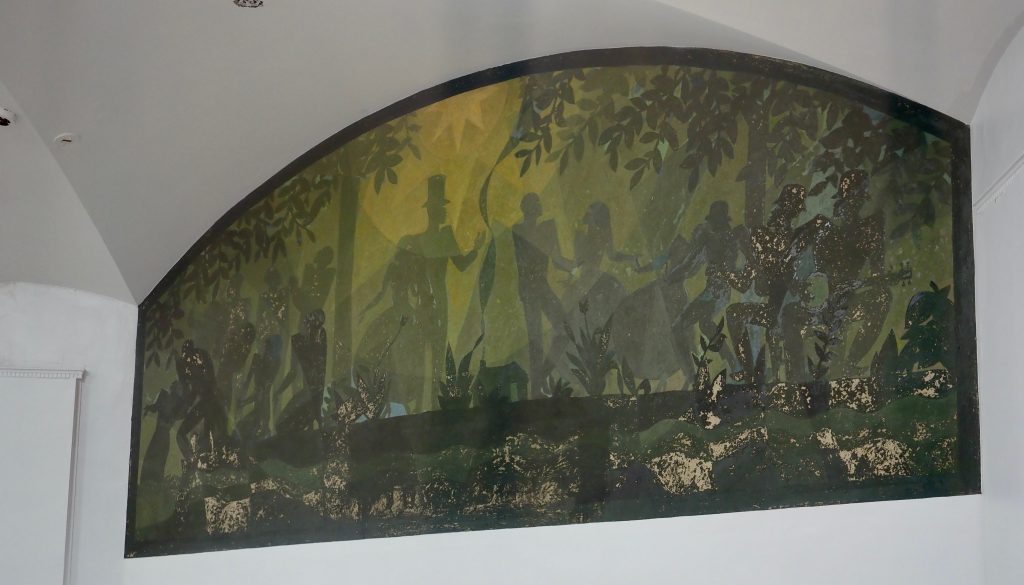
since high-schoolers were taking a test in the room.
We were feeling uninspired about food and just got ourselves a grocery store sandwich and some plantain chips and ate them on the sidewalk in front of the main goal of our visit was the Schomburg Center of Research in Black Culture, expanded from the Harlem Branch of the New York Public Library. I had an appointment there to see the plaster version of Meta Warrick Fuller’s Ethiopia Rising, which is not on display but stored with the art and artifacts division. I got to take photos and notes, and it was very exciting. There were also some surprises–more Harlem Renaissance wall paintings by Aaron Douglas over the reading room, but also Harlem’s Little Library theater in the basement of the old NYPL building, where the American Negro Theatre got its start. It is a tiny—a classroom-size hall with a tiny stage, which is not, I think, the original stage. But this is where Harry Belafonte and Sidney Poitier and other famous Black actors got their start! We also looked at their current exhibit, “Art in the age of Mass Incarceration,” which was very powerful.
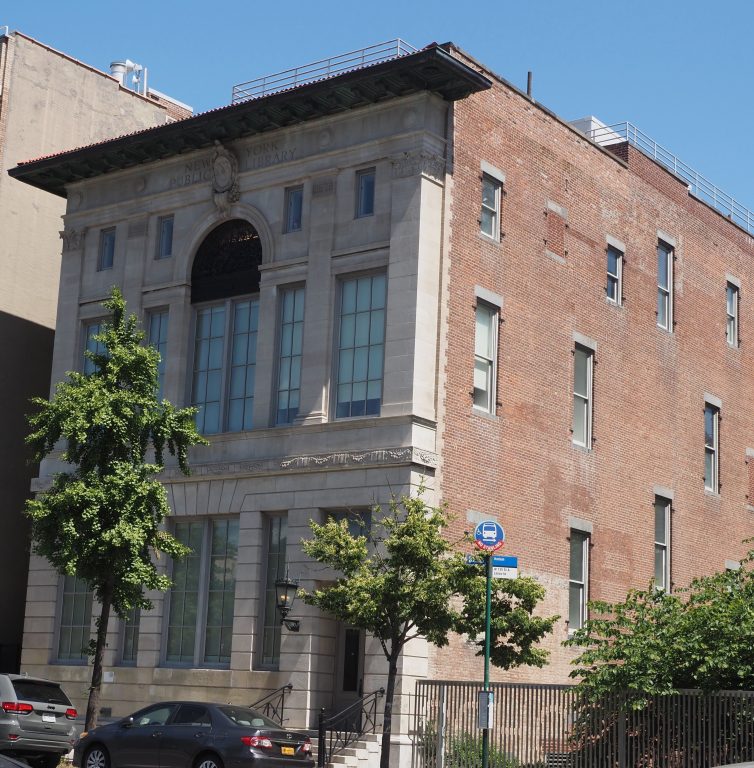
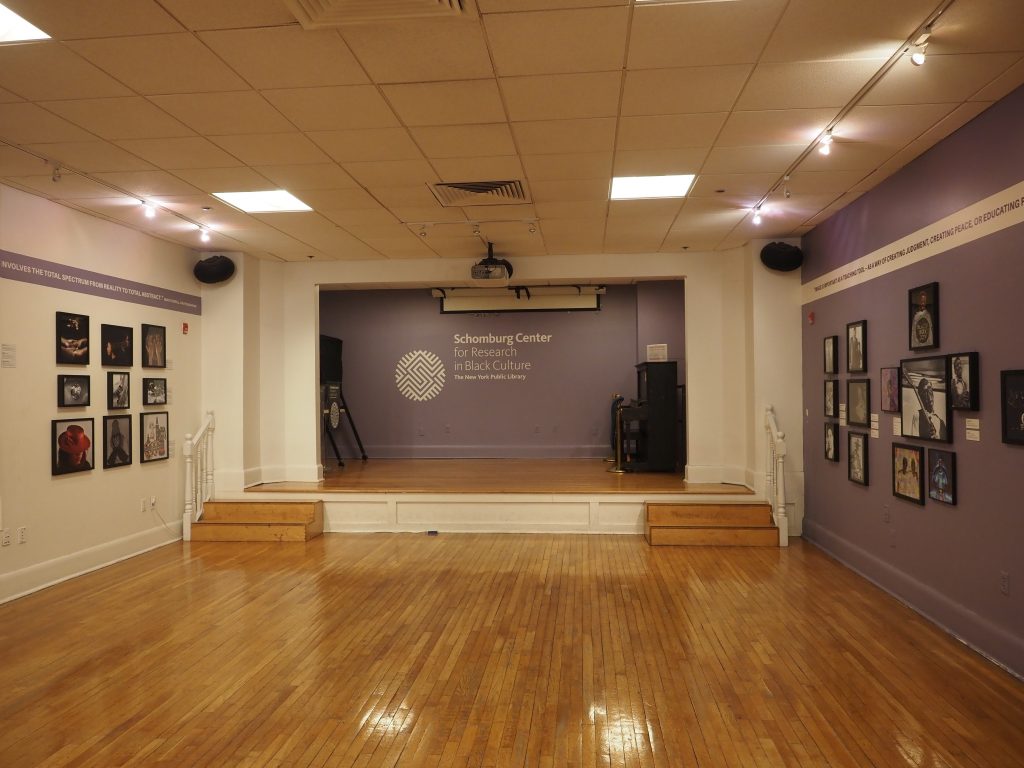
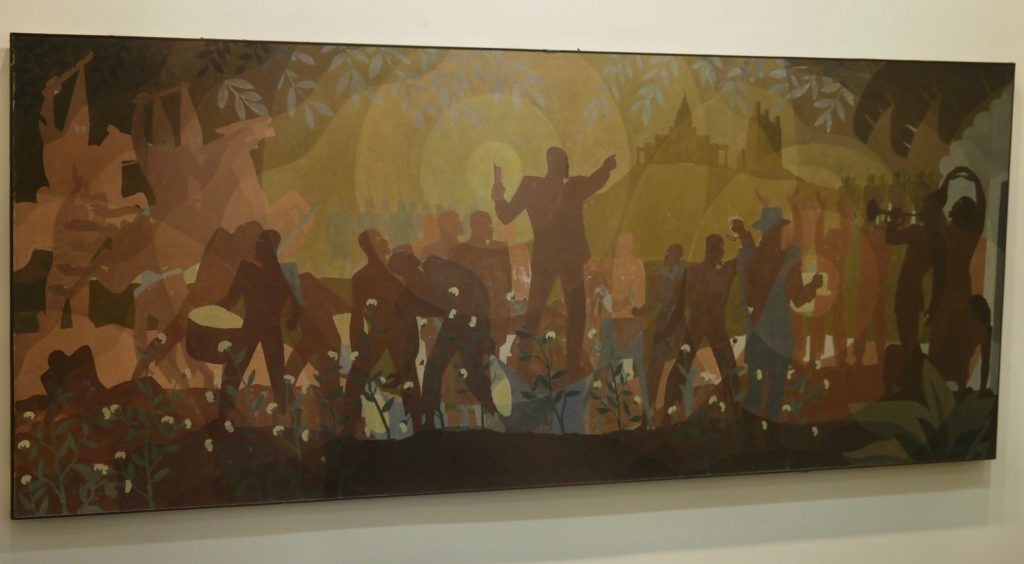
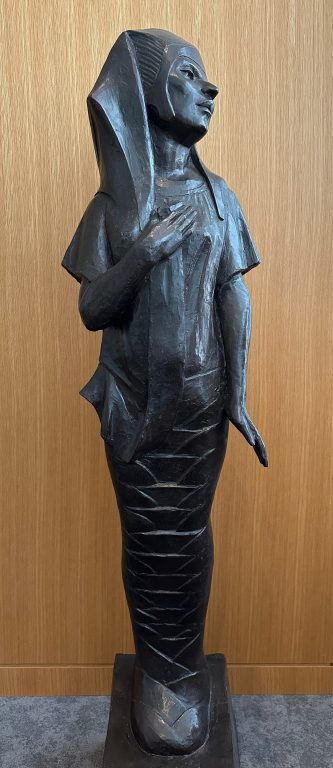
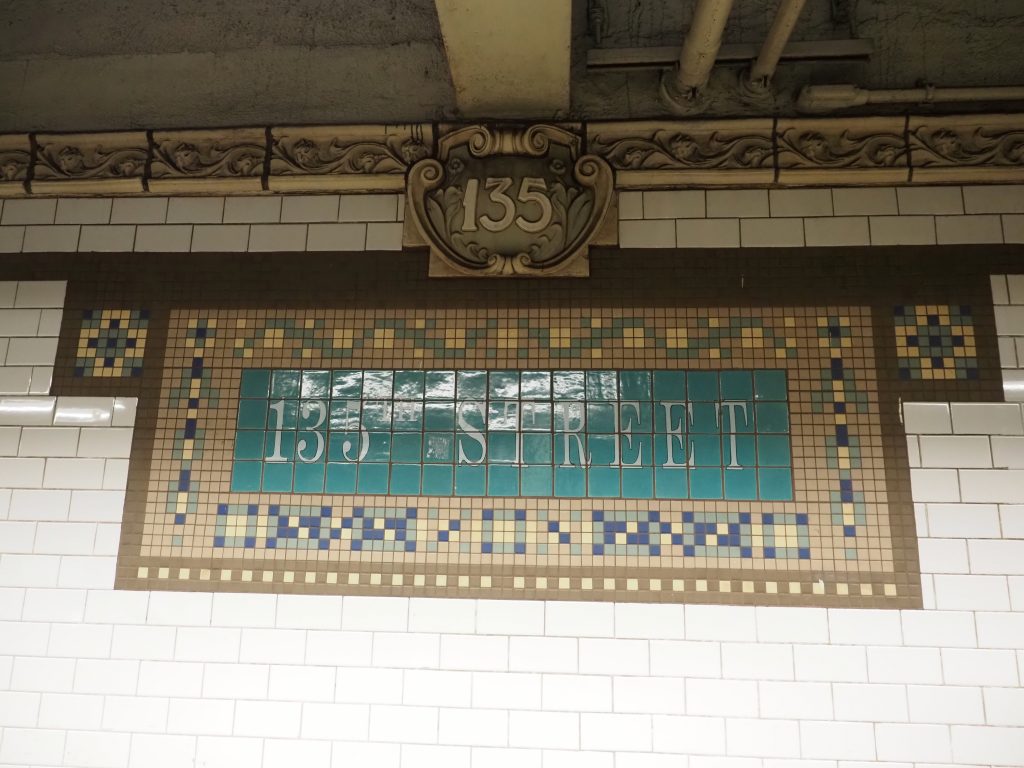
At about 2 pm, we took the subway back from 135th St. (with more of the classic tiles) and made our way to Roosevelt Island, a bit on the spur of the moment, so I was reading up on its history while we were en route. It used to be “Blackwell’s Island” for some white owners in the 19th century, and housed a prison for a while, then “Welfare Island” in 1921 because of the charity hospitals and insane asylum located there, and was finally named for FDR in the 1970s. It is a skinny island in the East River that is only about 1.75 miles long, and we walked once around it. On the Queens side, it’s not super exciting to look at, although the Queensboro bridge is pretty impressive on both sides of the island. But on the Manhattan side it is awesome–lots of views from just the kind of distance to be impressive without giving you a constant neck ache. And the parks on both ends–one with a baby lighthouse and a sculpture in honor of muckraking reporter Nellie Bly with fun selfie possibilities, and the other the “Four Freedoms” park with the ruins of an 1856 smallpox hospital and a fantastic view of the UN building–are fun. And then came the most fun part: for the price of a Metro ticket ($2.75) you get to ride the aerial Roosevelt Island Tramline, which travels on a steel cable parallel to the Queensboro bridge (at the highest point, it reaches 250 feet up) and gives you fantastic views coming down into Manhattan.
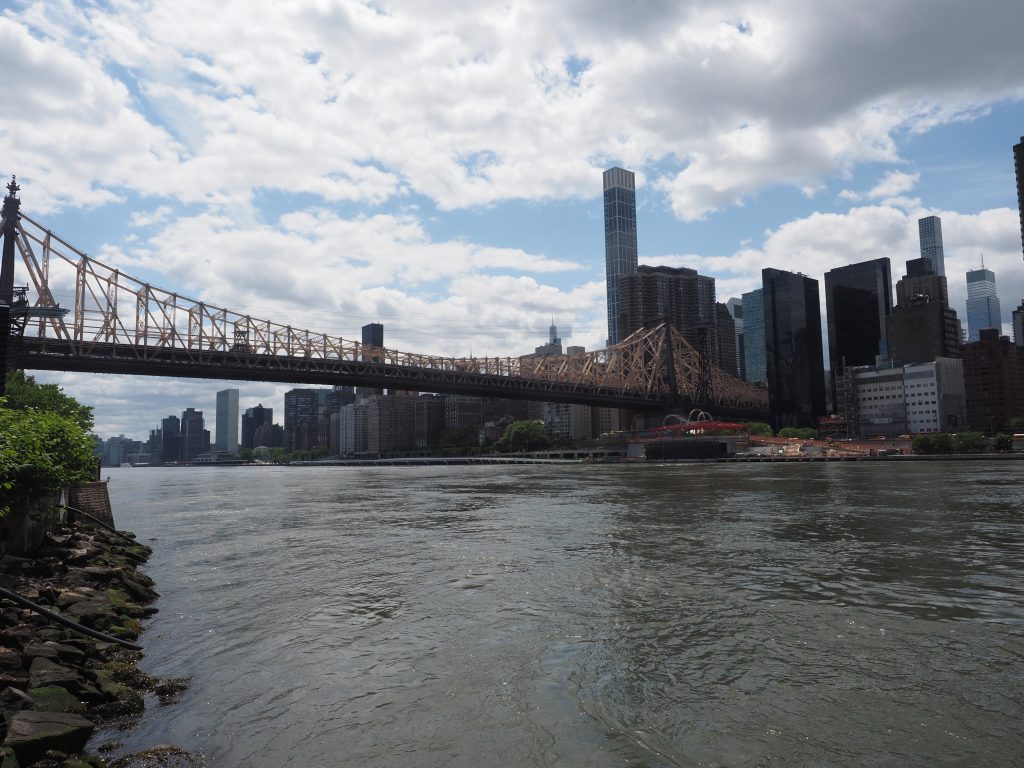



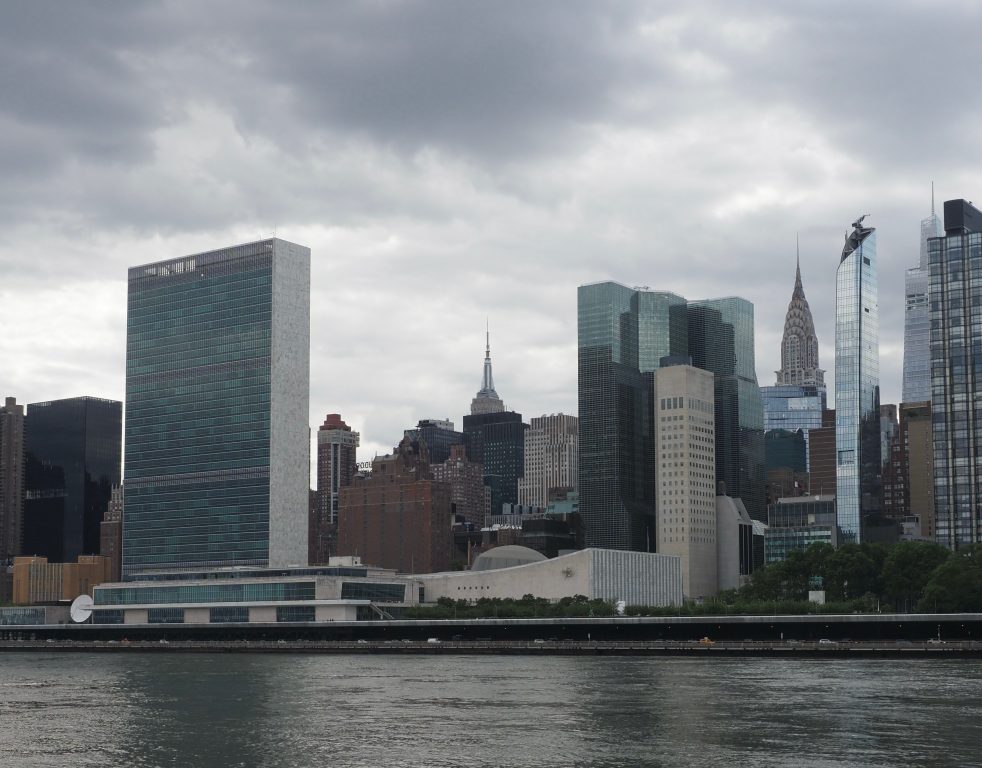
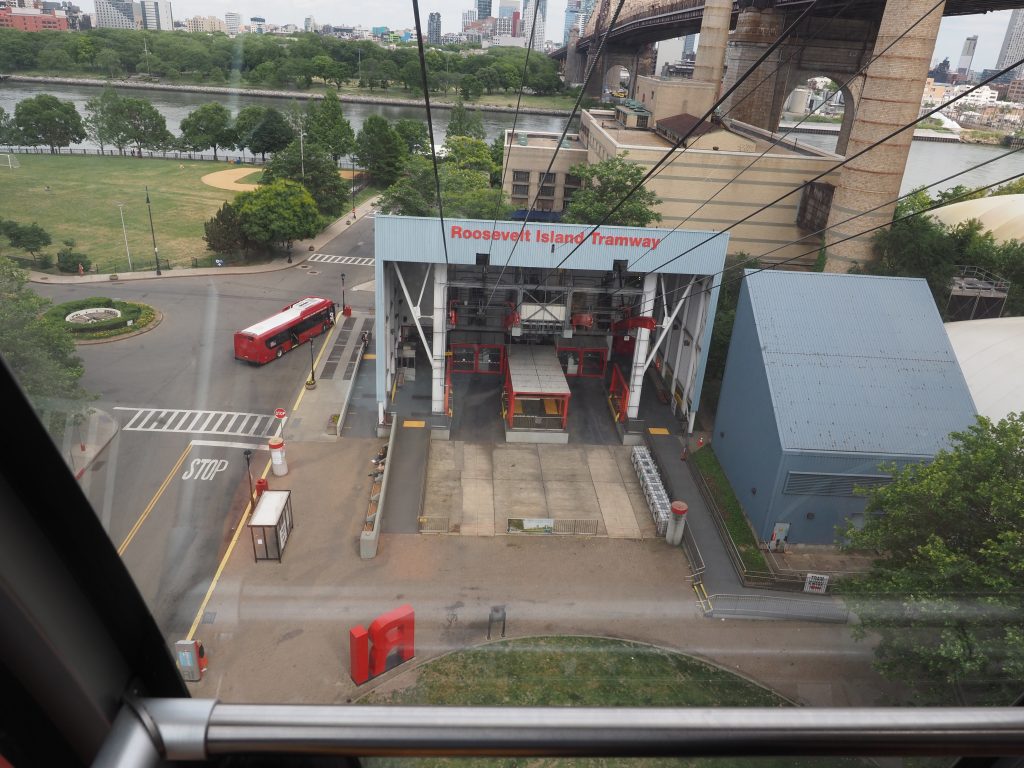
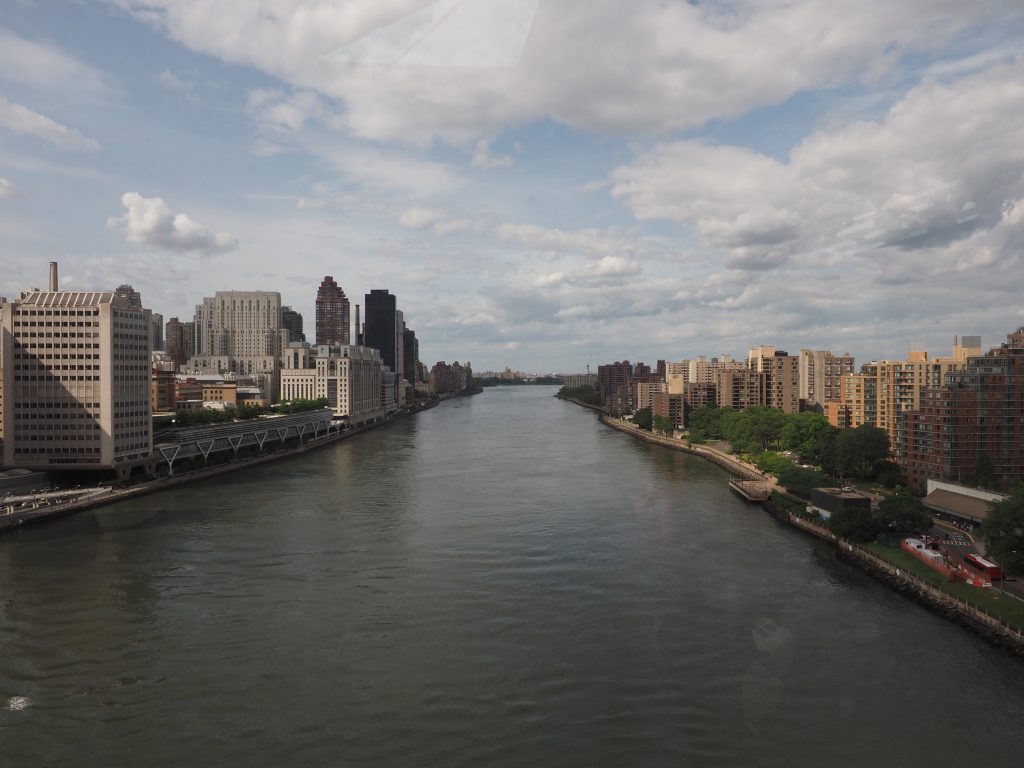
Then we walked back across Times Square (this time in the daytime, with fewer people, although still many, many) and down one of the “theater streets” near Broadway to the bus terminal to take the bus to Hoboken, where we had HUGE slices of pizza and a salad for dinner and were truly tired when we finally got home at the end end of a long day with about 15 miles of walking!
